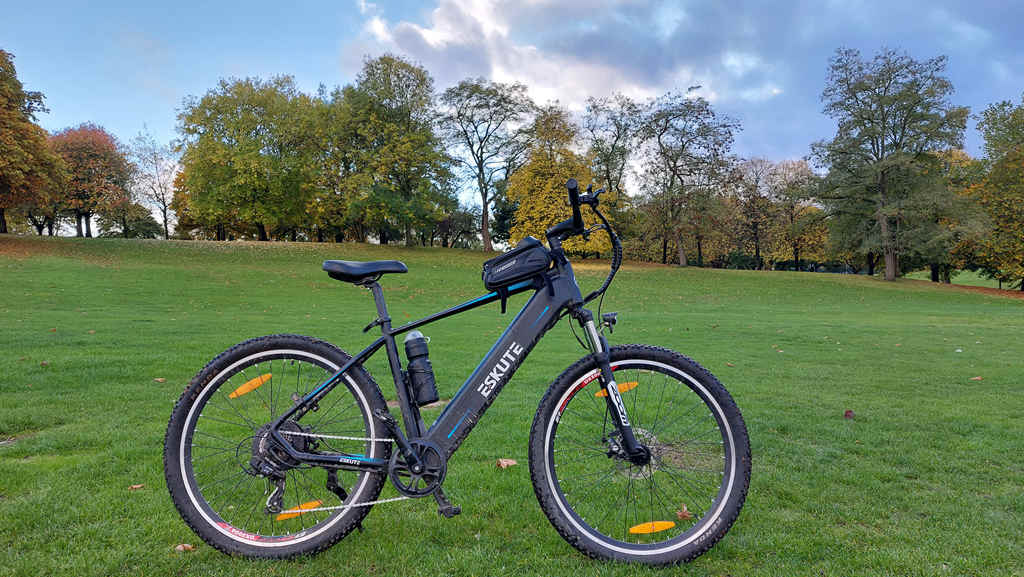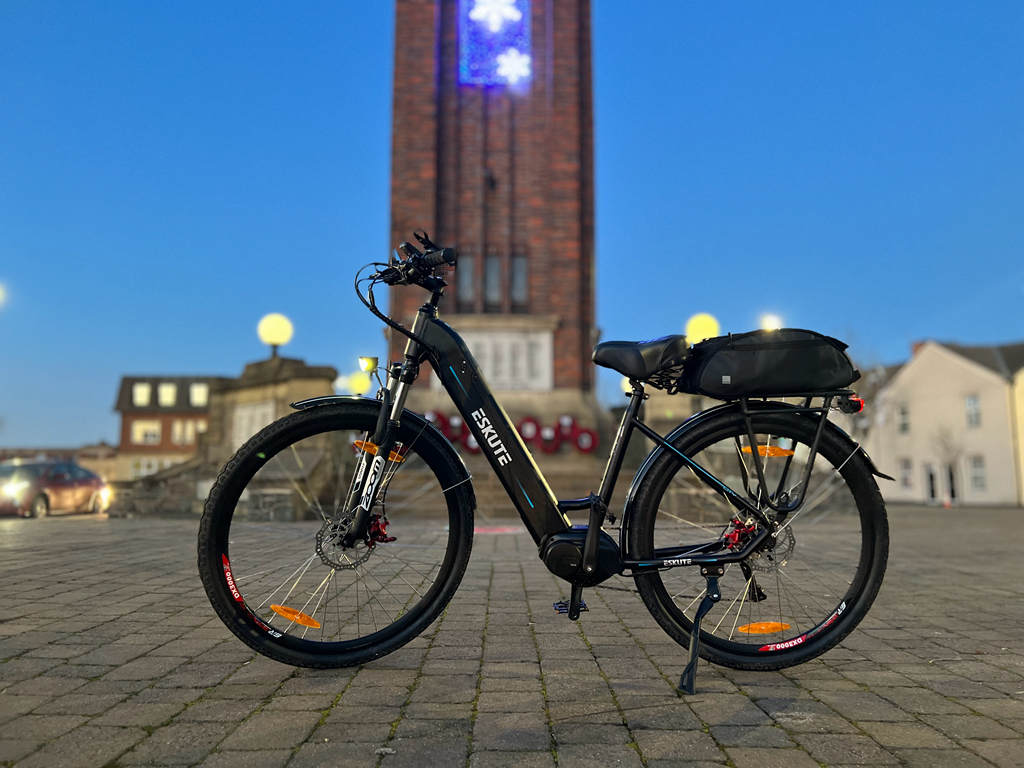Navigation
If you've been biking for some time, you've probably heard about freewheel and cassette gears. Every bike has rear cogs or gears fastened to the hub for proper function. The freewheel and cassette systems are found in the hub of a bike.
These systems act as a bike's clutch, enabling bikers to change gears while riding. Even though freewheel and cassette hub systems may serve a similar purpose, they also share some differences. Today, we'll highlight the differences between freewheel and cassette and answer which is best for your bike!
What is a Freewheel?
This bike system typically consists of gears connected to the hubs and is located on the rear wheel. A freewheel system allows bikers to coast without using the pedals. In addition, the bike will drift forward once the rider stops pedalling and the gears start spinning smoothly.
Backpedalling the pedal will force the gears to lock in place and stop the bike from moving forward, disengaging the freewheel. Remember, a freewheel is helpful when coasting downhill or braking while pedalling.
What is a Cassette?
A cassette is a gear type made up of a plastic or metal casing with different-sized cogs or sprockets. The cassette is connected to the bike's powertrain and offers bikers a broad selection of gear.
There may be as few as six or as many as twelve gears on a cassette hub. The number of teeth on the largest cog determines the various sizes of cassettes that are available. Remember that the cassette's size must correspond to the bike's chain size. For instance, a 6-speed cassette and a 10-speed chain are incompatible.
Derailleurs, used to change gears, are typically found on cassette bikes. Moreover, some cassette hubs feature a lockring, which keeps the cog secure and stops it from falling off during rides.

Differences Between Freewheel and Cassette
The main distinction between these systems is that the freewheel is a single piece, and pedalling tightens it to the hub. The cassette hub, in contrast, consists of a set of gears that slip onto a cassette without resistance and are secured in place by a lock ring.
| Freewheel | Cassette | |
| 1 | Freewheel typically offers 5 to 7 speeds. | Cassette hubs have 6 to 12 speeds. |
| 2 | The freewheel has a set of gears and threads onto the rear wheel. | The cassette contains cogs and is not threaded onto the bike's rear wheel. |
| 3 | Freewheel systems are less expensive than cassette systems. Moreover, this system is more commonly found on bikes, making them cheaper to maintain. | Cassette systems are more expensive than a freewheel. |
| 4 | Riders can't install the freewheel on a split freehub. | Users can mount the cassette's hub on a division freehub. |
| 5 | The gears on a freewheel have a ratcheting mechanism integrated into the cogs. | Cassettes contain a set of gears with a ratcheting mechanism built into the hub. |
| 6 | Lastly, a freewheel system is generally threaded to the rear hub. | A cassette hub is not threaded to the rear hub. |
Freewheel and Cassette Pros and Cons
Freewheel and cassette systems have varying pros (and cons) that set them apart. Here, we'll outline the advantages and disadvantages of freewheel and cassette hub systems.
Pros of Freewheels
- First, the freewheel system requires less maintenance. In addition, you can find two bearings in it, and changing them is not difficult.
- Next, the freewheel system is affordable to purchase and fix.
- This system is best for casual riding.
- Lastly, this system is widespread; you can find them on vintage bikes.
Cons Of Freewheel
- This system isn't as durable as a cassette hub. Generally, you may replace this unit more frequently than with cassette systems.
- Pedalling tightens the freewheel to the hub, which can cause problems when removing them.
- Freewheels weigh heavier than cassettes.
Cassette Pros
- The cassette system often experiences fewer axle breaks. Additionally, it works well to fix the bent axle issue.
- Cassettes are lighter than freewheels.
- Lastly, cassette hubs are generally more durable than freewheel systems.
Cassette Cons
Cassettes are more expensive than freewheel systems.
How to Identify a Freewheel or Cassette
Fortunately, freewheel and cassette are easy to tell apart. Nowadays, you can find freewheels on kids' and budget bikes. However, if you buy a new bike, it is likely to have a cassette. The quickest way to tell if you have a freewheel or cassette is by observing the rotation of the inner tool fitting of the rear wheel.
First, detach the bike's rear wheel and spin the gears backwards. If the tool fitting doesn't rotate with the gears, it is a freewheel system. On the other hand, if the tool fitting revolves around the gears, it is a cassette hub.
In addition, if the splines around the rim are visible and flush with the gears' faces, it is a cassette. Remember, freewheel axles also display splines, though fewer than Cassette axles and with a deeper depression into the body over the axle. Freehubs typically lack a bulge; if you notice any, it is a Cassette hub.
Can a Freewheel Replace a Cassette?
While replacing a freewheel with a cassette is undoubtedly feasible, it is not as straightforward as simply switching out one for another.
Before switching from a freewheel to a cassette, you must ensure that the bike's fork and frame are compatible with the new system. Remember, you'll have to spend a fair bit on a new rear wheel. Also, ensure you crunch the numbers and decide if you'll be better off getting another bike.
Is A Freewheel Single-Speed?
Generally, you can find a freewheel system in a single-speed bike. Single-speed bikes come with a single-gear ratio. When you press the pedals, the cog in the freewheel hub turns the wheel. However, if you press the pedals too hard and the wheel spins faster than the gear, the system will lock up like the cassette hub.

Conclusion
Now that you know the differences between a freewheel and a cassette, it's time to answer which system is the best for you. If you're a casual rider on a tight budget, the freewheel is the best bet. After all, you may not need all the additional gear options.
However, the cassette hub system would be smarter if you like riding with more speed options. Remember, cassette systems are more expensive; however, they're generally more reliable, so you'll get great value for the money in the long run.
Visit our blog for more info on electric bicycles and their systems.











Leave a comment
This site is protected by hCaptcha and the hCaptcha Privacy Policy and Terms of Service apply.